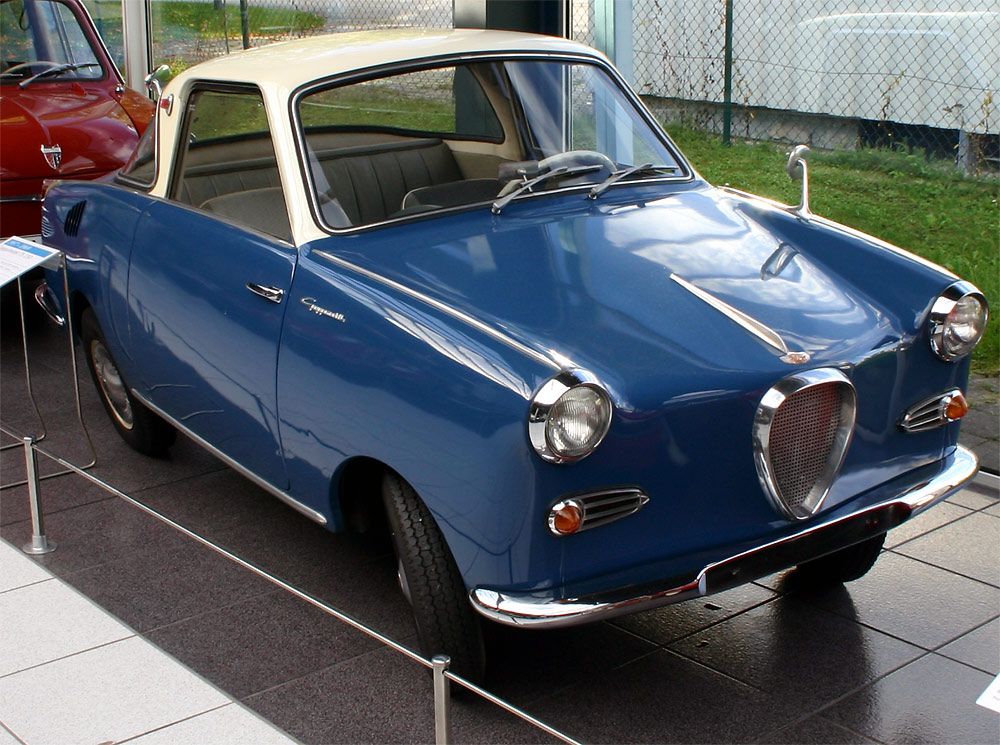
The field army was based largely on compulsory military service. Capable generals, such as Deroy, Wrede and Triva, reformed the army along French lines, and it soon became the most modern in Germany, and the first in Germany to abolish flogging. The infantry returned to their traditional light blue and, in 1801, all branches of service introduced the Raupenhelm, a helmet with a fore-and-aft horsehair plume, which became characteristic of the Bavarian army. The cavalry consisted of three regiments of light cavalry and two each of dragoons and cuirassiers.

The two Jäger regiments were divided into four light infantry battalions.
#Bav auto war full
The line infantry was reduced to ten regiments, which were made up to their full strength. The young Prince-Elector, who had served under the Ancien Régime in France as a colonel in the Royal Deux-Ponts regiment, made the reconstruction of the army a priority. However, Maximilian IV found the army in abject condition on his accession to the throne in 1799: hardly any of the units were at full strength, the Rumford uniforms were unpopular and impractical, and the troops were badly-trained. All field troops received an identically-cut uniform, including a leather helmet with a horsehair plume, known as the "Rumford Casket" after the then Minister for War Count Rumford. In 1785, the infantry's uniform changed to white, and the cuirassiers abandoned their traditional armour.ġ790–1871: The Napoleonic Wars until the German Empire įlag of a Royal Bavarian Army Infantry Regiment bearing King Ludwig's royal monogramġ790 brought a fundamental reform of the Bavarian Army. The War of the Bavarian Succession is often known as the "Potato War" due to the amount of time and effort the sides expended in securing food supplies and denying them to the enemy, and the war actually passed relatively uneventfully for the Bavarian army. The unification between the Wittelsbachs and the Palatinate line added eight regiments to the infantry in 1777, and the Palatine troops brought with them a lighter blue tunic colour. They fought unsuccessfully at Schweidnitz, Breslau and Leuthen in 1757, as well as at Troppau, Olmütz and Neiße in 1758. Ten battalions of infantry were made available to the Habsburgs according to Bavaria's Imperial military obligations. While the Lifeguard regiment had three battalions, only two stood in the field. The nominal strength of approximately 1,800 men for each regiment was never reached in the field. Infantry regiments consisted of two battalions with four Füsilierkompanien (each of 130 men) and one infantry company (100 men) as well as two four-Pounder battalion guns. In 1757, one of the cuirassier regiments was disbanded and its men distributed among the other regiments, while only one company of dragoons in each regiment was mounted. The attempt by the Elector to gain the Imperial crown during the War of the Austrian Succession was initially successful, but the campaign ended once again with an Austrian occupation of Bavaria.Īt the beginning of the Seven Years' War, the army consisted of eight infantry, two dragoon and three cuirassier regiments, and a brigade of artillery. By 1701, the composition of the army was the same as that during the Turkish wars, only now with three regiments each of cuirassiers and dragoons. Bavaria was occupied by Austrian forces after the war, which led to a rising of the people, bloodily put down at the so-called "Murderous Christmas of Sendling" ( Sendlinger Mordweihnacht). Following defeat at the Battle of Blenheim, the Bavarian Army ceased to exist as a coherent fighting force, though small remainders continued to fight until the end of the war. The army distinguished itself under Maximilian II Emanuel, Elector of Bavaria during the Great Turkish War, particularly during the Siege of Belgrade.ĭuring the War of the Spanish Succession, Bavaria fought on the side of France. The cuirassiers and artillery wore light grey tunics, while the dragoons wore red or blue tunics.

The traditional mid-blue colour was already in wide use among the Bavarian infantry and would be used throughout from 1684.

Seven regiments of infantry, two regiments of dragoons and two of cuirassiers were set up, along with an artillery corps. At a field camp in Schwabing on 12 October 1682, the newly recruited troops were officially taken into Bavarian service. Moreover, the establishment of a standing army was increasingly seen as a sign of nation-statehood and an important tool of absolutist power-politics. The Reichskriegsverfassung of 1681 obliged Bavaria to provide troops for the Imperial army.

History 1682–1790: From the first standing army to the Napoleonic Wars


 0 kommentar(er)
0 kommentar(er)
